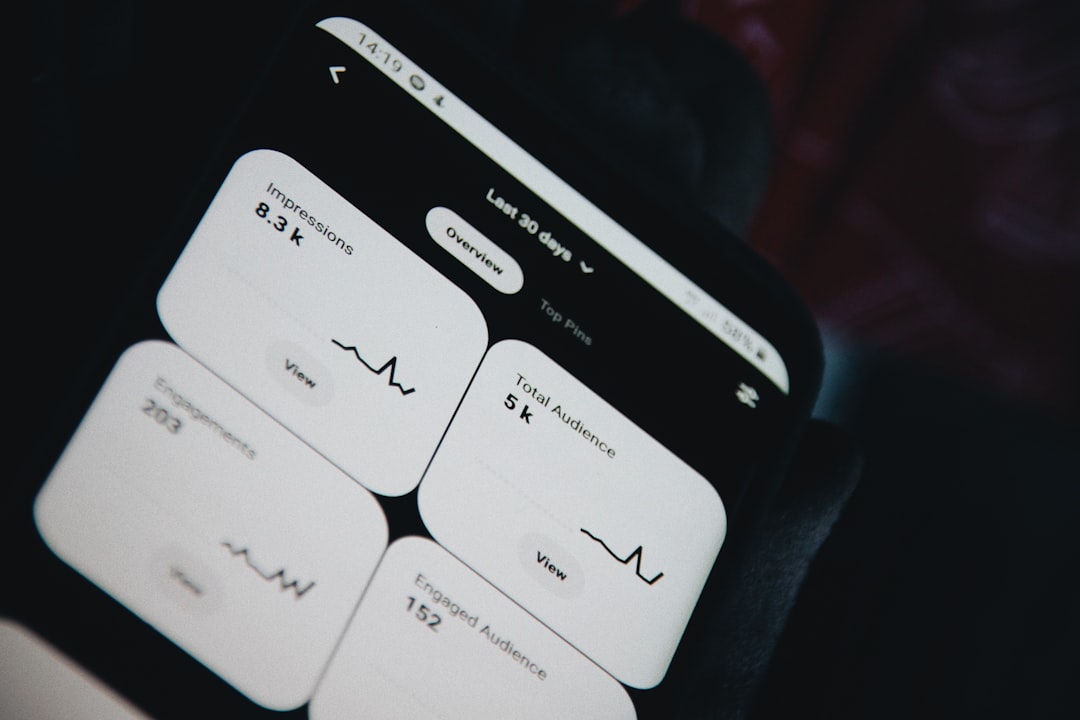
Understanding Supply and Demand: A Comprehensive Guide
# Understanding Supply and Demand. Supply and demand are foundational concepts in economics that dictate how markets operate. At its core, the law of supply states that, all else being equal, as the price of a good or service increases, so does the quantity supplied. Conversely, the law of demand posits that as the price of a good or service rises, the quantity demanded by consumers tends to fall. Understanding these principles is crucial for grasping how markets function and how prices fluctuate. ## The Basics of Supply and Demand. Supply refers to the total amount of a specific good or service available to consumers at a given price. The relationship between price and quantity supplied is usually direct; higher prices incentivize producers to supply more of the product. This can be attributed to the higher potential for profit at elevated prices. The supply curve, which is generally upward sloping, graphically illustrates this relationship, showcasing how quantity supplied responds to changes in price. Demand, on the other hand, involves how much of a product or service consumers are willing to purchase at different price points. The demand curve is typically downward sloping; as prices fall, demand usually increases and vice versa. Various factors, such as consumer preferences, income levels, and the prices of related goods, can influence demand, resulting in shifts in the demand curve. ## Market Equilibrium: Where Supply Meets Demand. Market equilibrium occurs when the quantity of a product that consumers are willing to buy equals the quantity that producers are willing to sell at a particular price. At this point, the market is balanced, and there is no inherent pressure for the price to change, which is often represented as the intersection of the supply and demand curves on a graph. When demand for a product exceeds supply, a shortage occurs, leading to upward price pressure until equilibrium is restored. Conversely, when supply outstrips demand, a surplus arises, typically causing prices to drop. Understanding these market equilibrium dynamics is vital for anyone looking to delve deeper into economic theory or the workings of specific markets. ## Factors Influencing Supply and Demand. Numerous factors can shift the supply and demand curves, leading to changes in market conditions. For supply, these can include production costs, technology advancements, and government regulations. For example, if a new technology reduces production costs for electronic devices, the supply curve for that device will shift to the right, indicating an increase in supply. On the demand side, factors such as consumer income changes, trends, or the introduction of substitute goods can influence demand. An increase in consumer income often leads to a rightward shift in the demand curve for luxury goods, as more people can afford them. Understanding these factors can provide insight into how economic forces interact in the marketplace. ## Elasticity: Measuring Responsiveness. Elasticity is a key concept that measures how much the quantity demanded or supplied responds to changes in price. Price elasticity of demand indicates whether consumers will significantly change their purchasing behaviors in response to price fluctuations. Goods that are essential, with few substitutes, tend to have inelastic demand, meaning changes in price do not significantly alter the quantity demanded. On the other hand, products with readily available substitutes are generally elastic. For instance, if the price of one brand of coffee rises, consumers might switch to another brand rather than continue purchasing the more expensive option. Understanding elasticity helps businesses and policymakers forecast potential sales and set effective pricing strategies. ## Real-World Applications of Supply and Demand. The principles of supply and demand have vast real-world applications. Businesses analyze these concepts to optimize pricing strategies, manage inventory, and forecast sales. Additionally, policymakers use supply and demand analysis to assess market conditions and determine appropriate interventions, such as subsidies or taxes, which can alter market dynamics. For investors, grasping supply and demand nuances assists in making informed decisions regarding stock and commodities markets. Recognizing the interplay of supply and demand can also empower consumers to make smarter purchasing decisions based on market conditions. ## Conclusion: The Importance of Understanding Supply and Demand. In essence, understanding supply and demand is crucial for anyone navigating the economic landscape, whether as a consumer, business owner, or policymaker. These foundational concepts provide insights into how price fluctuations occur and how various factors can sway market conditions. Mastery of supply and demand dynamics boosts one's capacity to adapt to changes in the market, make informed decisions, and eventually thrive in an economically complex world. By comprehending these fundamental principles, individuals can better analyze market trends, predict changes, and respond effectively to economic fluctuations. As one navigates the complexities of daily transactions and broader economic shifts, the dynamics of supply and demand will remain a steadfast compass guiding informed decisions in the world of business. .








